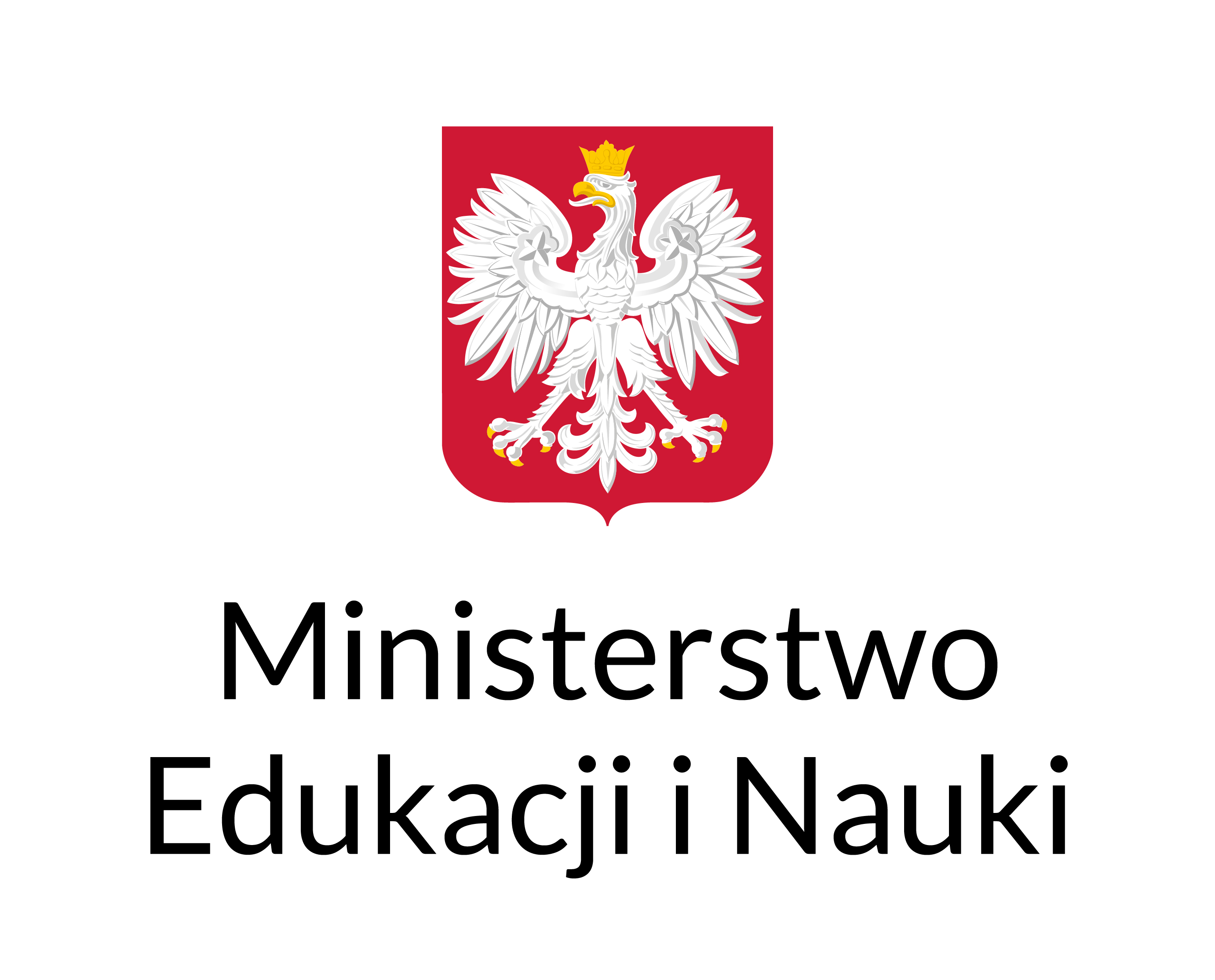Changed Perspectives and Conflicting Treaty Obligations
What Is the Message of the CJEU Achmea Decision and the 2020 Plurilateral Termination Agreement for Candidate Countries such as Serbia?
Abstract
The authors analyse the changed landscape of the EU BIT policy following the Achmea decision and the 2020 Termination Agreement, in particular, their relevance for candidate countries such as Serbia. The perceived risks strongly suggest that some action must be taken before the accession to avoid becoming caught between conflicting obligations under EU law and the BITs, as happened to respondent countries in the cases of Micula and Magyar Farming Company. The potential for conflicts exists in the case of Serbia as well because it already has an obligation to comply with EU law in areas such as competition and state aid law, which may cause it to inadvertently breach investors’ rights under the BITs. Various options that a candidate country can pursue to adjust its bilateral investment treaties to EU law standards are considered in search of the best approach. Difficulties that may be encountered due to the premature termination of sunset clauses and the retroactive termination of arbitration clauses in pending arbitrations lead the authors to conclude that certain adjustments to the course of action adopted within the EU are called for. The proposed action in the case of Serbia consists of consensually amending the 22 Serbia-EU member state BITs following a two-step procedure so that the sunset clauses are terminated at once, whereas the remaining provisions of the BITs are designated by the contracting parties to be terminated on the date of accession. To prevent treaty shopping, these amendments need to be accompanied by comprehensive reform of Serbia’s other BITs that contain overly broad definitions of investors and investments. Some alternative approaches are also taken into consideration, such as the replacement of ISDS with other forms of dispute resolution and the replacement of the Serbia-EU member state BITs with other types of agreements. The candidate countries are advised to adjust their pre-accession commitments, both procedural and substantive, in a timely manner with the incoming EU obligations. These inevitable adjustments should be pursued cautiously by candidate countries to minimise risks and maximise their bargaining power.
References
Adams, Ch., Bühler, M., Dolenz, N., Elsing, S., Faulhaber, K., Kaplan, Ch. (2020) ‘The Illfated Termination of Intra-EU Bilateral Investment Treaties’, JDSupra [online]. Available at: https://www.jdsupra.com/legalnews/the-ill-fated-termination-of-intra-eu-69735/ (Accessed: 17 January 2021).
Baetens, F. (2019) ‘Renewable energy incentives: reconciling investment, EU State aid and climate change law’, EJIL: Talk!, 18 December 2019, [online]. Available at: https:// www.ejiltalk.org/renewable-energy-incentives-reconciling-investment-eu-state-aidand-climate-change-law/ (Accessed: 17 January 2021).
Bjelić, P., Milovanović, M. (2018) ‘The Case of Serbia: Effects of the SAA on trade with the EU’ in Medjak, V. (ed.) Effects of Stabilisation and Association Agreements and CEFTA 2006 on WB6 European Integration and Regional Cooperation: Achievements and Ways Forward. 1st Belgrade: European Movement in Serbia, pp. 114–144. Available at: http://www.emins.org/wp-content/uploads/2018/06/SAP-CEFTA-WB6.pdf (Accessed: 17 January 2021).
Bray, D., Kapoor, S. (2020) ‘Agreement on the Termination of intra-EU BITs: Sunset in Stone?’, Kluwer Arbitration Blog, 4 November 2020. Available at: http://arbitrationblog. kluwerarbitration.com/2020/11/04/agreement-on-the-termination-of-intra-eu-bitssunset-in-stone/ (Accessed: 17 January 2021).
Bungenberg, M., Reinisch, A. (2018) From Bilateral Arbitral Tribunals and Investment Courts to a Multilateral Investment Court Options Regarding the Institutionalization of Investor-State Dispute Settlement, Springer Nature Switzerland, https://doi.org/10.1007/978-3-030-01189-5.
Cremona, M. (2003) ‘State Aid Control: Substance and Procedure in the European Agreements and Stabilisation and Association Agreements’, European Law Journal, 9(3), pp. 265–287, https://doi.org/10.1111/1468–0386.00178.
Guarín Duque, G.A. (2020) ‘The Termination Agreement of Intra-EU Bilateral Investment Treaties: A Spaghetti-Bowl with Fewer Ingredients and More Questions’, Journal of International Arbitration, 37(6), pp. 797–826. https://doi.org/10.54648/JOIA2020038
Korom, V. (2020) ‘The Impact of the Achmea Ruling on Intra-EU BIT Investment Arbitration, A Hungarian Perspective’, Hungarian Yearbook of International Law and European Law, 8(1), pp. 53–74. https://doi.org/10.5553/HYIEL/266627012020008001004
Lavranos, N. (2016) ‘The end of intra-EU BITs is nearing’, Practical Law – Arbitration Blog, 13 May 2016. Available at: http://arbitrationblog.practicallaw.com/the-end-of-intra-eubits-is-nearing/ (Accessed: 17 January 2021).
Lavranos, N. (2020) ‘Quo vadis investment protection within the EU?’, Practical Law – Arbitration Blog, 28 September 2020, [Online]. Available at: http://arbitrationblog.practicallaw.com/quo-vadis-investment-protection-within-the-eu/ (Accessed: 17 January 2021).
Lavranos, N. (2020) ‘The Changing Ecosystem of Dutch BITs’, Arbitration International, 36(3), pp. 441–457, https://doi.org/10.1093/arbint/aiaa009.
Milenkovic, M. (2018) ‘The Transformation of State Aid Control in Serbia and EU Conditionality’, European State Aid Law Quarterly, 17(1), pp. 66–79, https://doi.org/10.21552/estal/2018/1/8.
Nardell, G., Rees-Evans, L. (2020) ‘The agreement terminating intra-EU BITs: are its provisions on ‘New’ and ‘Pending’ Arbitration Proceedings compatible with investors’ fundamental rights?’, Arbitration International, 2020/00, pp. 1–41, https://doi-org.peacepalace.idm.oclc.org/10.1093/arbint/aiaa046.
Papadopoulos, A.S. (2010) The International Dimension of EU Competition Law and Policy. 1st Cambridge: Cambridge University Press. https://doi.org/10.1017/CBO9780511762147
Prantl, D., Pettazzi, G. (2020) ‘The Agreement terminating intra-EU BITs’, 5 August 2020, [online]. Available at: https://riskandcompliance.freshfields.com/post/102g7ke/the-agreement-terminating-intra-eu-bits (Accessed: 12 January 2021).
Radukić, S., Vučetić, V. (2019) ‘Comparative Analysis of State Aid and Competitiveness of the Republic of Serbia and the Neighbouring Countries’, Journal of Central Banking Theory and Practice, 8(3), pp. 21–38. https://doi.org/10.2478/jcbtp-2019-0022
Restrepo Amariles, D., Farhadi, A. A., Van Waeyenberge, A. (2020) ‘Reconciling International Investment Law and European Union Law in the Wake of Achmea’, International and Comparative Law Quarterly, 69(4), pp. 907–943, https://doi.org/10.1017/S0020589320000299.
Sretić, Z. (2018) ‘Legal approximation of the legislation with the EU acquis under the SAA framework’, in Medjak, V. (ed.) Effects of Stabilisation and Association Agreements and CEFTA 2006 on WB6 European Integration and Regional Cooperation: Achievements and Ways Forward. 1st Belgrade: European Movement in Serbia, pp. 145-203. Available at: http://www.emins.org/wp-content/uploads/2018/06/SAP-CEFTA-WB6.pdf (Accessed: 17 January 2021).
Storrs, N., Witzorek, M. (2020) ‘The termination of bilateral investment treaties in the EU – one agreement to end them all?’, Taylor Wessing, Insights and events, 7 May 2020 [online]. Available at: https://www.taylorwessing.com/en/insights-and-events/insights/2020/05/the-termination-of-bilateral-investment-treaties-in-the-eu (Accessed: 17 January 2021).
Szilágyi, J.E., Andréka, T. (2020) ‘A New Aspect of the Cross-Border Acquisition of Agricultural Lands: The Inícia Case Before the ICSID’, Hungarian Yearbook of International Law and European Law, 8(1), pp. 92–105 ; https://doi.org/10.5553/hyiel/266627012020008001006.
Terrapon, Ch., Feit, M. (2020) ‘Time to Act for EU Investors – EU States Cancel Intra-EU
BITs’, WalderWyss Newsletter Special Edition, May 2020, pp. 1–3 [Online]. Available at: https://www.walderwyss.com/user_assets/publications/Special-Edition-Newsletter_Time-to-Act-for-EU-Investors.pdf (Accessed: 17 January 2020).
Titi, C. (2016) ‘Most-Favoured-Nation Treatment: Survival Clauses and Reform of International Investment Law’, Journal of International Arbitration, 33(5), pp. 425–440. https://doi.org/10.54648/JOIA2016034
Triantafilou, E.E., Manoli, A. (2020) ‘Focus: More than a BIT of confusion’, The Resolver, 2020/3, pp. 22–24.
Tropper, J. (2020) ‘The Treaty to End All Investment Treaties: The Termination Agreement of Intra-EU BITs and Its Effect on Sunset Clauses’, Völkerrecht Blog, 12 May 2020, [online]. Available at: https://voelkerrechtsblog.org/articles/the-treaty-to-end-allinvestment-treaties/ (Accessed: 17 January 2020).
Voon, T., Mitchell, A.D. (2016) ‘Denunciation, Termination and Survival: The Interplay of Treaty Law and International Investment Law’, ICSID Review, 31(2), pp. 413–433, https://doi.org/10.1093/icsidreview/siw010.
Yanos, A.A., Ramos-Mrosovsky, C. (2020) ‘Intra-EU Investment Treaty Disputes in US Courts: Achmea, Micula and Beyond’, Global Arbitration Review (GAR), 13 October 2020 [Online]. Available at: https://globalarbitrationreview.com/review/the-arbitrationreview-of-the-americas/2021/article/intra-eu-investment-treaty-disputes-in-us-courtsachmea-micula-and-beyond (Accessed: 17 January 2020).












